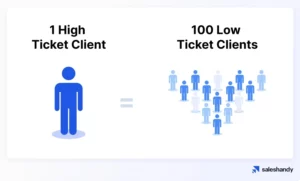Business Strategy

How Asian Trends Are Shaping Global Fashion and Beauty Markets
How Asian Trends Are Shaping Global Fashion and Beauty Markets The Rise of Asian Influence in Global Fashion and Beauty…

Olympic Sponsorships at Paris 2024: The Influence of International Consumers
Olympic Sponsorships at Paris 2024: The Influence of International Consumers Reflecting on Paris 2024: Iconic Moments and the Impact of…

Strategic Expansion: How Asian Businesses Can Successfully Enter Global Markets
Translated from: https://chuhaikaite.com/asian-businesses-expanding-western-markets-strategies-case-studies Read 10 case studies using the translation icon at the top of the page. Key Strategic Resources…

Mastering E-Commerce in the UK: Winning Retail Clients and Conquering Diverse Markets
E-Commerce in the UK: A Growing Opportunity The UK e-commerce market has witnessed tremendous growth, becoming one of the largest…

Free eSIM Data Plan by HubpyMobi – Stay Connected Worldwide 🌍📱
Free eSIM Data Plan by HubpyMobi – Stay Connected Worldwide 🌍📱 Stay Connected Worldwide with HubpyMobi’s Free eSIM Data Plan!…

Offer Premium Service and Experience
In today’s competitive business landscape, standing out from the crowd requires more than just providing excellent products or services. To…

Implement Value-Based Pricing: Transform Your Business and Maximise Client Value
In the ever-evolving world of business, the way you price your services can significantly impact your success. Traditional pricing models,…

Position Yourself as a Specialist: Elevate Your Business Strategy
In today’s competitive landscape, standing out as a service provider requires more than just offering general solutions. Clients seek expertise…

Success Stories: How These Service Providers Thrived Internationally
Expanding a service-based business internationally presents a plethora of opportunities and challenges. This article delves into the inspiring success stories…













 Our Collaborations With
Our Collaborations With 







